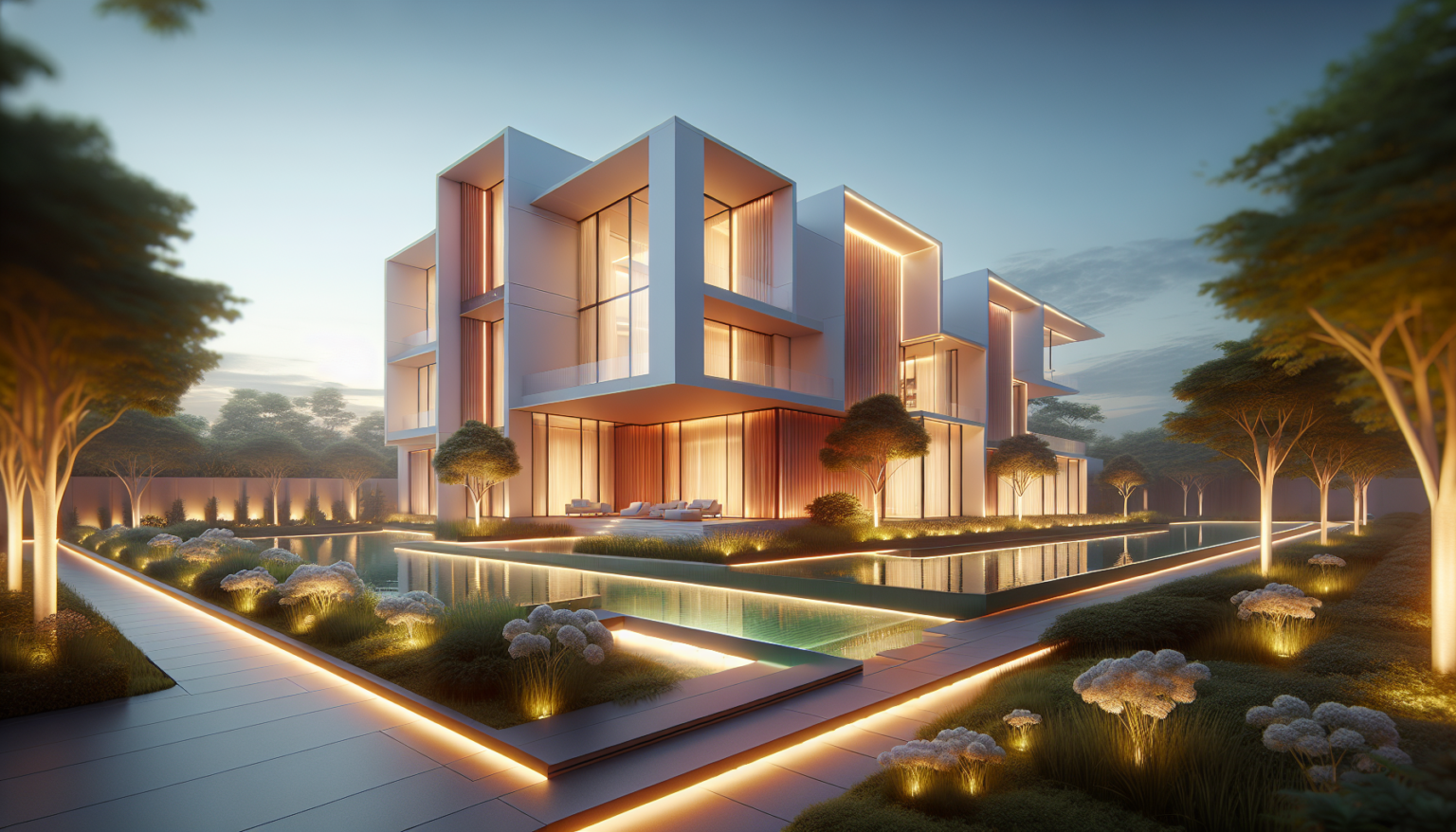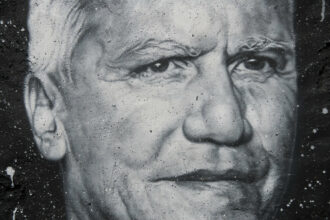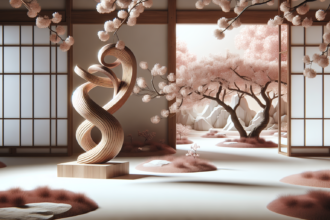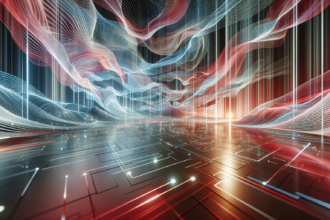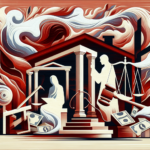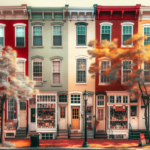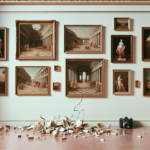Liu Jiakun, a renowned architect from China, has been awarded the 2025 Pritzker Architecture Prize. This prestigious award is the highest honor in the field of architecture. Jiakun is known for his innovative approach to design and his commitment to sustainable architecture.
He blends traditional Chinese elements with modern architectural practices in his thought-provoking projects. The Pritzker Architecture Prize is awarded annually to a living architect or architects whose work demonstrates talent, vision, and commitment. These qualities have produced significant contributions to humanity and the built environment through architecture.
The jury highlighted Jiakun’s ability to create environments that foster community, respect traditions, and respond to sustainability challenges. His notable projects include the Luyeyuan Stone Sculpture Art Museum and the West Village in Chengdu. These projects display a masterful balance of form, function, and context.
As the 2025 Laureate, Liu Jiakun will receive a $100,000 grant and a bronze medallion. This honors his outstanding contributions to the architectural world. Jiakun’s work addresses the challenges of Chinese society while valuing traditional materials and techniques.
liu Jiakun’s sustainable design approach
He also focuses on creating communal spaces. He fuses Chinese vernacular techniques with modern materials.
This results in buildings that are innovative, sustainable, and deeply rooted in their context. Jiakun frequently uses local materials such as rammed earth, brick, and wood. This reinforces the connection between his structures and regional building traditions.
By working with materials familiar to local artisans and builders, Jiakun enhances the feasibility and efficiency of construction processes. His “reverence for culture, history, and nature” reflects his ability to create buildings that strengthen communities while respecting historical and natural contexts. Jiakun’s commitment to sustainability extends to material reuse.
He incorporates recycled wood, bricks, and industrial elements to reduce environmental impact. After the 2008 Sichuan earthquake, he transformed debris from destroyed buildings into a new construction material. This gave them new life and meaning.
Liu Jiakun’s work demonstrates that architectural innovation does not require a break from tradition. His buildings prove that the past can be a valuable resource for the future, offering solutions deeply rooted in cultural and environmental contexts.







